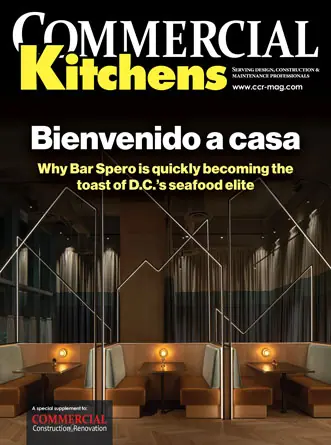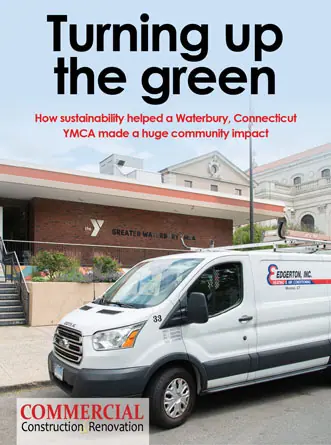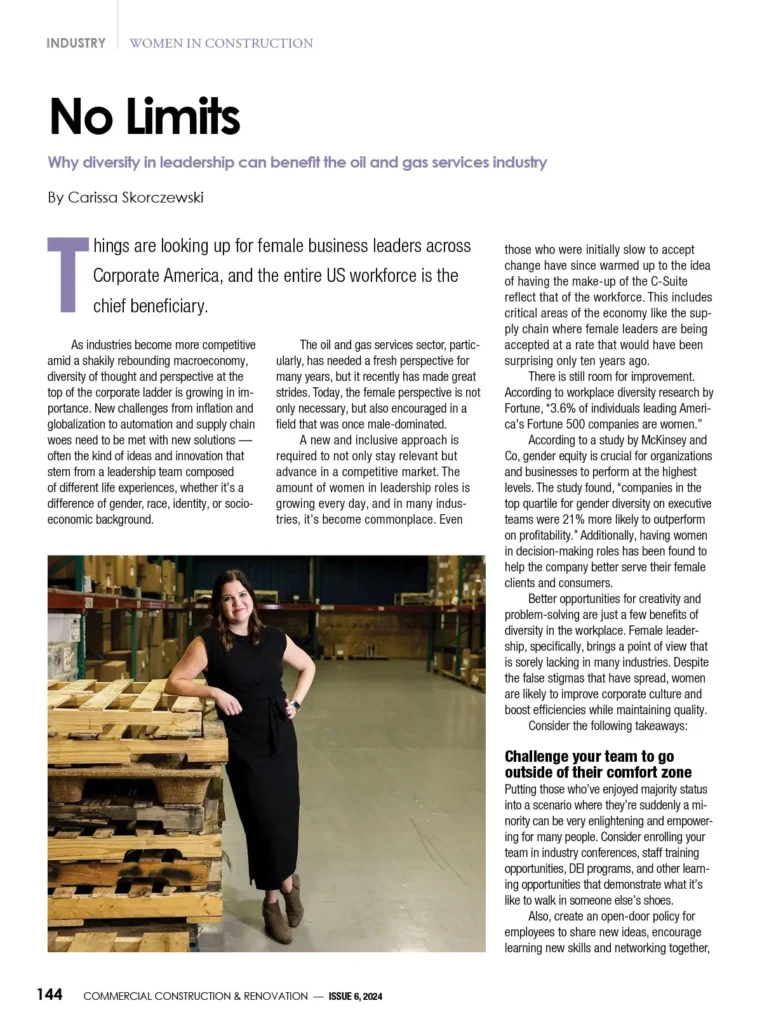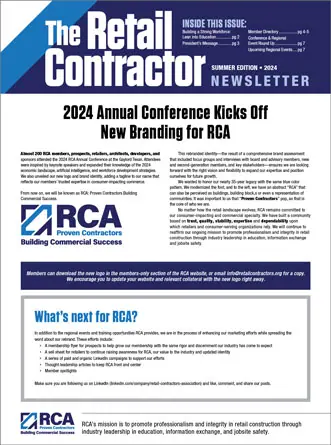The rules for what constitutes a sustainable building material are rapidly changing, but PVC (vinyl) roofing membranes continue to lead the conversation – because they check multiple boxes. They reduce energy use, are durable, and can be recycled at the end of their useful lives.
When the sun beats down, a cool roof will help keep ambient temperatures low. According to the Vinyl Roofing Division of the Chemical Fabrics and Film Association (CFFA-VRD), a white PVC commercial roof can reflect 80% or more of the sun’s rays and emit at least 70% of the solar radiation a building absorbs. This “Cool Roof Effect” reduces building cooling load, peak electricity demand, the temperature of its surroundings, and smog and greenhouse gases.
In full sun, the surface of a black low-slope commercial roof may experience a temperature rise of as much as 50 to 90 degrees. A white PVC roof on the same building typically increases only 10 to 25 degrees, lowering surrounding air temperature and reducing smog formation.
Keep in mind the first hallmark of sustainability is a roof that lasts a long time, and PVC does exactly that. PVC roofs have some of the longest documented service lives of any roofing product in the market. These roofs are heat-weldable and watertight for peak infrastructure integrity over a long lifecycle. They are fire-resistant, even self-extinguishing when the flame source is removed. PVC roofing membranes are constructed of a flexible, tear- and water-resistant polymer reinforced with fiberglass non-woven mats or polyester woven scrims for proven performance to withstand thermal cycles, wind loads, structural movement, and temperature extremes. They are also easy to repair, contributing to their long life.
Recyclability is another key to a building product’s overall sustainability. At the end of a long service life, PVC can be recycled into feedstock for new PVC roofing membranes, or products such as roofing walkway pads, commercial-grade flooring, and concrete expansion joints. It is also used as road fill material. The CFFA-VRD’s goal is to increase the number of PVC roof membrane recovery projects each year, resulting in an increased amount of material being diverted from the landfill.
For more information on PVC roofing sustainability, visit https://vinylroofs.org/sustainability/.
About Chemical Fabrics and Film Association – Vinyl Roofing Division
The Vinyl Roofing Division of the Chemical Fabrics and Film Association was created to educate architects, specifiers, building owners, and roofing contractors on the attributes of PVC/vinyl as a durable, reflective, heat-weldable material for single-ply roofing systems. Representing the leading manufacturers of thermoplastic PVC roofing systems in North America, the Division is committed to making available sound, scientifically backed information on the environmental and functional performance of energy-efficient PVC roofing membranes. https://vinylroofs.org/.








 The 2024 virtual Men’s Round Table will be held Q4, 2024, date TBD.
The 2024 virtual Men’s Round Table will be held Q4, 2024, date TBD.












